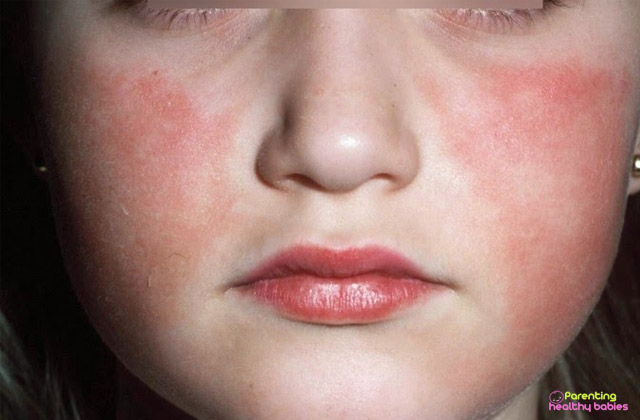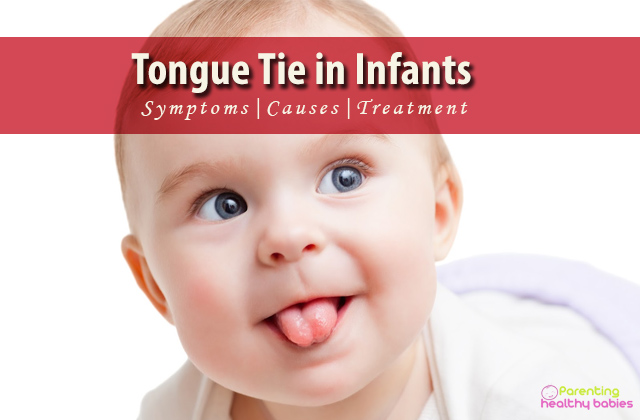Lupus is a systemic autoimmune disease that occurs when your body’s immune system attacks your own tissues and organs. Inflammation caused by lupus can affect many different body systems — including your joints, skin, kidneys, blood cells, brain, heart and lungs.
About 20 percent of people with lupus develop the disease before age 20, so it can affect kids and teens. It is very rare in children under the age of 5.
Lupus in Kids: Symptoms and Causes
Symptoms
The symptoms that can help you know about the disease are as follows:
Swollen or achy joints: swelling can occur in joints and they may pain, making it difficult for the child to walk, eat or play.
Muscle aches: there is unbearable pain in muscle, the child cries since he can’t express if his age is below 2 years.
Fever: having a temperature of over 100 degrees F.
Skin rashes: on the cheeks, we can see butterfly shaped rash developing i.e. rash develops over nose and cheeks of both sides; this is the characteristic sign of lupus. It is also known as malar rash. Discoid rash– round, red, scaly patches on the face, arms, scalp or ears – is also common
A child’s immune system is still developing and is weak compared to adults so lupus affects the vital organs of child more frequently compared to adult. The following organs are affected kidney, lungs, brain, heart and blood vessels. The more severe symptoms appear because of damage to organs, such as:
Kidney damage: These can be mild or severe. A child may pass dark urine, his feet may swell can occur because of kidney damage.
Respiratory tract infection: shortness of breath (it becomes difficult for child to breathe), chest pain can occur.
brain problems: headaches, memory problems(child may not be able to remember things easily or he may start forgetting), seizures(a very suddenattack of an illness in which someone becomes unconscious or develops violent movements, one loses control over their muscles)
If you notice any of these symptoms in your child, take him to the doctor as soon as possible. Sooner the treatment is started, earlier the child will recover.
Causes
Lupus is a systemic autoimmune disease that occurs when your body’s immune system attacks your own tissues and organs. Lupus can be a result of alteration in your genes or affect of your environment.
It appears that people with an inherited predisposition for lupus may develop the disease when they come into contact with something in the environment that can trigger lupus. What causes lupus? The answer to this question in most cases is not known till date, but there can be some triggers, they are:
- Sunlight: exposure to sun is god as well as bad. It can lead to development of skin lesions or it can initiate some internal changes in your body. Skin can become sensitive to sunlight.
- Infections: if you already suffer from infection, contacting lupus is easier as your immune system is weak.
- Genetic: there can be alteration in gene sequence or some genetic change can occur, which will make an individual more susceptible to contract disease.
Although there is no cure for lupus, there are several measures that patients can take to cope with the disease. There are some ways to deal with this deadly disease.
Sun care – while your child goes to play in sun, make sure he wears a full sleeves shirt, apply some sunscreen with high SPF , SPF more than 15 so that it can prevent both UVA and UVB.
Diet – make sure your child eat a nutritious and well-balanced diet with limited sugar and salt intake. There is some evidence that fish has anti-inflammatory properties, but alfalfa sprouts may increase inflammation. So, be sure about everything before giving it to your child. Consult your doctor and then only give him any food.
Pain management – children can tell you about their pain. don’t ignore it. Understand their pain and apply moist heat on the area of pain.
Exercise – low-impact walking and cycling may help prevent muscle atrophy. Make them walk a little more.
All this can make their life a little better and help them live in little less pain. Timely diagnosis and treatment can increase your child’s life expectancy. Take care of them; I know it is very difficult for you and for the child to face such a difficult situation. This disease is not easy to handle, but your patience and proper care can ease your child’s pain.













